Sign standards
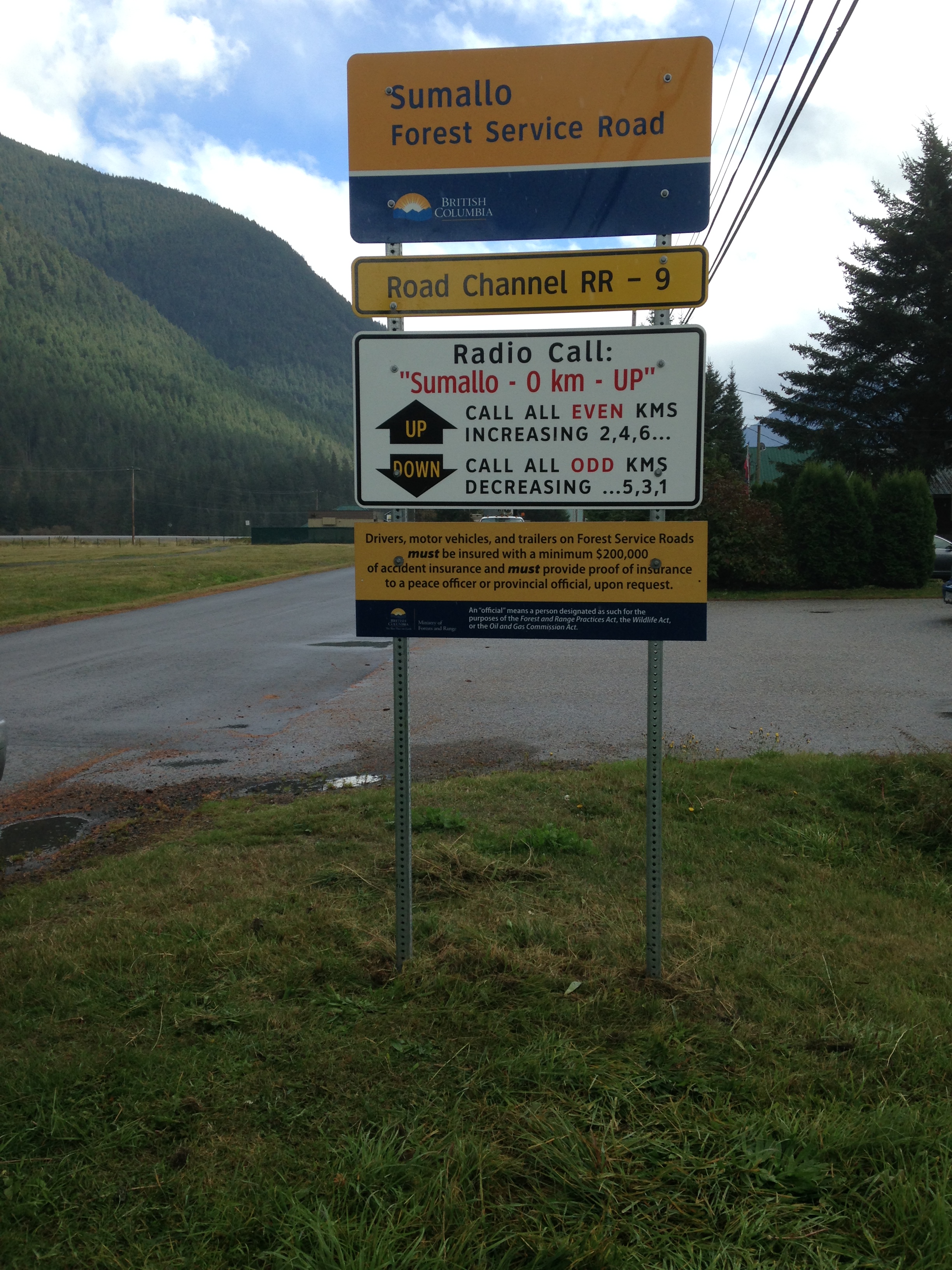 Standard signage is used to communicate road use and radio call rules on natural resource roads.
Standard signage is used to communicate road use and radio call rules on natural resource roads.
Signs may not be erected on a FSR right-of-way without the approval of a district manager. In general, commercial signs are not approved.
On this page
Anti-graffiti coating
Anti-graffiti coating prolongs the life of the signs and makes it easier to remove graffiti. However, coating increases the cost of signage.
It is recommended that FSR name and road entry signs be ordered with anti-graffiti coating. Coating is optional on other signage, but when close to population centres or areas where there is a likelihood of graffiti problems, it prolongs sign life.
Standard sign order forms
To acquire a sign for use on resource roads, download and complete a standard order form from below. Forms are named according to catalogue number.
The order forms provide specific guidance to sign fabricators. Each form contains an embedded Adobe Illustrator (.ai) file containing the information a sign fabricator requires to produce the sign, including font, colour and spacing.
In the form, use the tabs to enter required information and select appropriate options. A completed form should be provided electronically to the sign fabricator for each particular sign type in the order.
Mobile radio communications signage order forms
| Sign | Sign type and order forms |
|---|---|
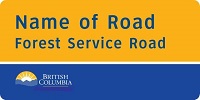 |
Standard sign type: FSR Road Name Sign, Aluminum Order form: Fi-008-1 (DOCX 352 KB) |
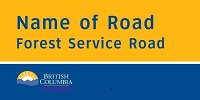 |
Standard sign type: FSR Road Name Sign, Plywood Order form: Fi-008-2 (DOCX 352 KB) |
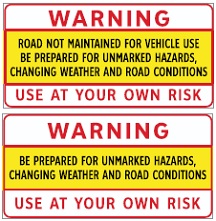 |
Standard sign type: FSR User Warning Type 1: for FSRs not maintained for vehicular use Type 2: for FSRs maintained for vehicular use Order form: Fi-055 (DOCX 544 KB) |
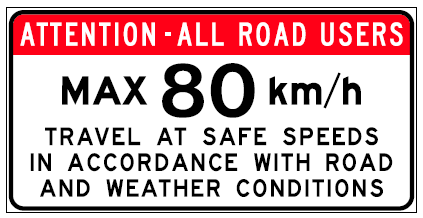 |
Standard sign type: Maximum Speed sign to be placed, if deemed required, for posting at the commencement of road. Order form: Fi-040 (DOCX 293 KB) |
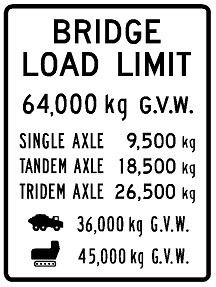 |
Standard sign type: Bridge Load Limit signage for posting of individual bridges. Load limits as specified by a Professional Engineer. Order form: Fi-LL01A (DOCX 366 KB) |
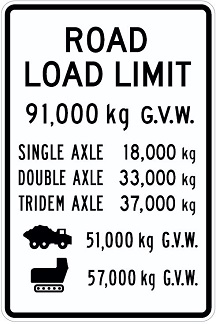 |
Standard sign type: Road Load Limits based on minimum design vehicle configuration for the road.Consult with ministry professional engineer prior to implementation. Order form: Fi-LL01B (DOCX 405 KB) |
Mobile radio communications signage order forms
When planning for the installation of new signage that provides direction in the field for radio call procedures, careful consideration must be given to potential impacts to communications on the road network.
To avoid conflict or confusion, changes to radio call procedures must be communicated in advance to known affected road users including road use permit holders, road permit holders and others that may be impacted by changes to radio call procedures.
Road entry, type 1
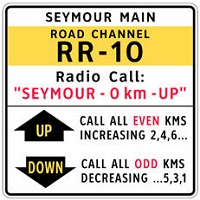
Order form: Fi-008-03 (DOCX 295 KB)
Road entry, type 2
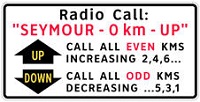
Order form: Fi-008-4 (DOCX 304 KB)
Radio channel tab, type 1
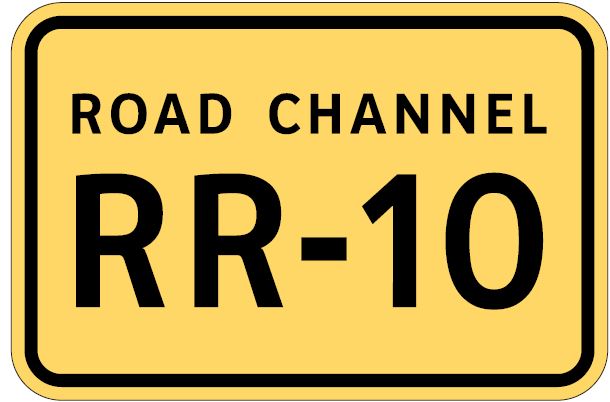
Order form: Fi-008-13 (DOCX 246 KB)
Radio channel tab – overlay, Type 2

Order form: Fi-008-13b (DOCX 528 KB)
Radio channel tab – standalone, type 2

Order form: Fi-008-13c (DOCX 369 KB)
Standard must call, type 1
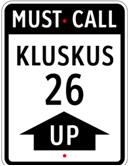
Order form: Fi-008-5 (DOCX 336 KB)
Standard must call, type 2
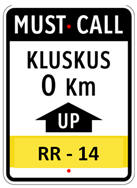
Order form: Fi-008-6 (DOCX 92 KB)
Standard junction must call, type 1
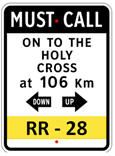
Order form: Fi-008-7 (DOCX 113 KB)
Standard junction must call, type 2
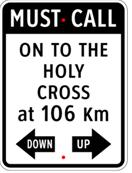
Order form: Fi-008-8 (DOCX 353 KB)
Kilometre board, type 1
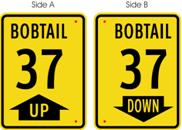
Order form: Fi-008-9 (DOCX 313 KB)
Kilometre board, type 2
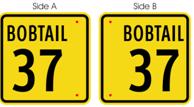
Order form: Fi-008-10 (DOCX 302 KB)
Kilometre board, type 3

Order form: Fi-008-11 (DOCX 502 KB)
Kilometre board, type 4
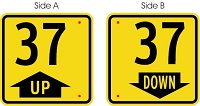
Order form: Fi-008-15 (DOCX 245 KB)
Caution
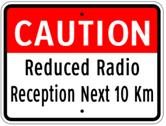
Order form: Fi-008-14 (DOCX 373 KB)
Advance warning signs for transition to new radio channels
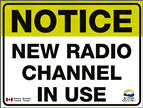
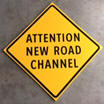
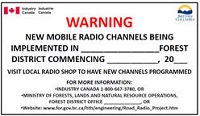
Contact information
Please direct any comments, suggestions or questions to the Ministry of Forests Engineering Branch.
250-387-1300
